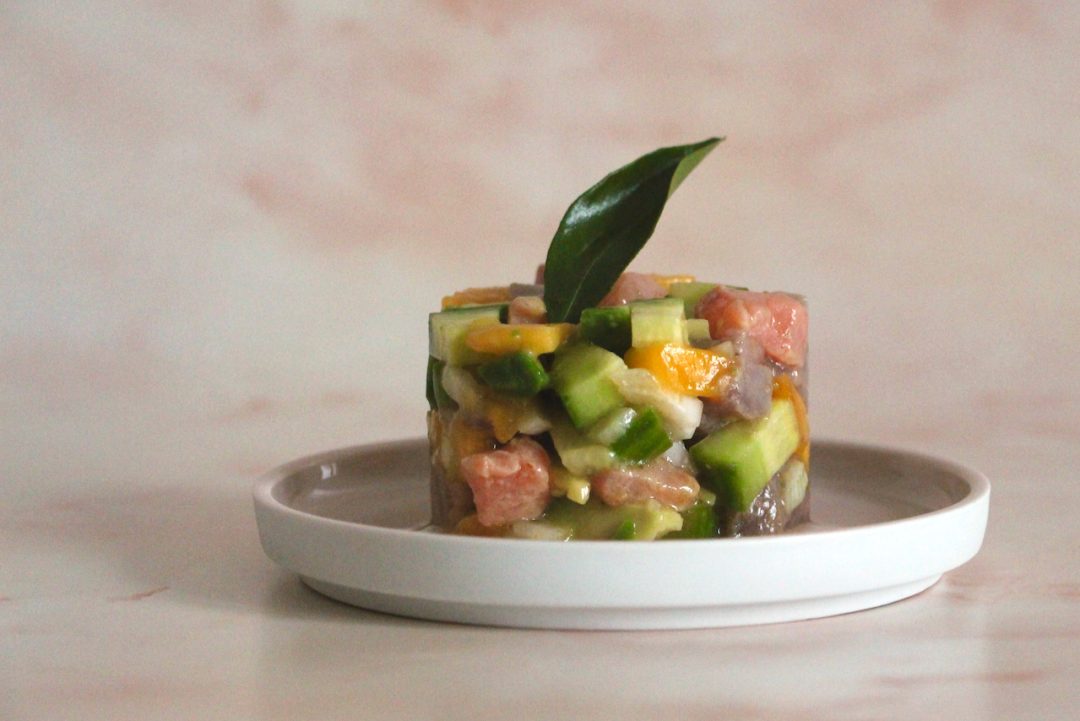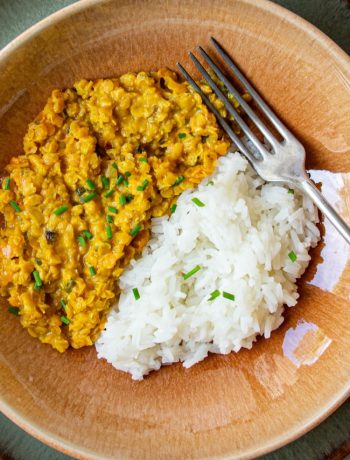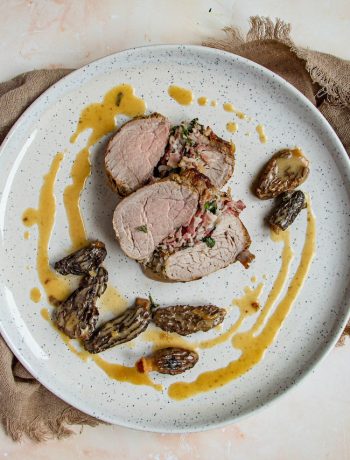With spring here, and soon summer (yes, really! it’s coming!!), I’m switching to aperitif mode, to freshness mode!
And I’m trying to mix new recipes with my all-time classics…
Today, it’s going to be salmon, avocado, and mango tartare!
Find the full recipe on my new english website here : Salmon, Avocado, and Mango Tartare





No Comments